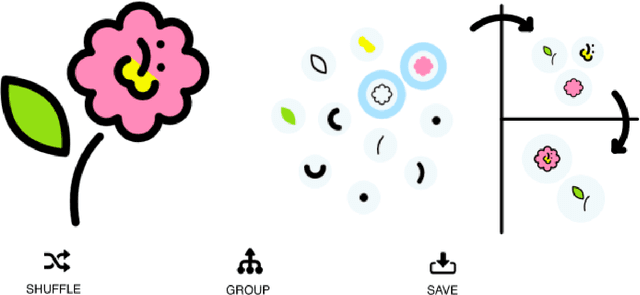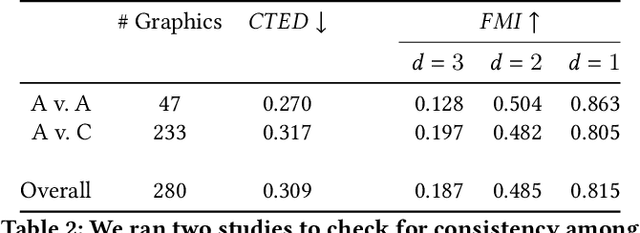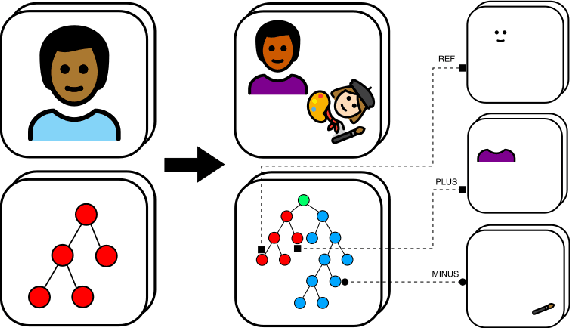Sumit Chaturvedi
SynthLight: Portrait Relighting with Diffusion Model by Learning to Re-render Synthetic Faces
Jan 16, 2025Abstract:We introduce SynthLight, a diffusion model for portrait relighting. Our approach frames image relighting as a re-rendering problem, where pixels are transformed in response to changes in environmental lighting conditions. Using a physically-based rendering engine, we synthesize a dataset to simulate this lighting-conditioned transformation with 3D head assets under varying lighting. We propose two training and inference strategies to bridge the gap between the synthetic and real image domains: (1) multi-task training that takes advantage of real human portraits without lighting labels; (2) an inference time diffusion sampling procedure based on classifier-free guidance that leverages the input portrait to better preserve details. Our method generalizes to diverse real photographs and produces realistic illumination effects, including specular highlights and cast shadows, while preserving the subject's identity. Our quantitative experiments on Light Stage data demonstrate results comparable to state-of-the-art relighting methods. Our qualitative results on in-the-wild images showcase rich and unprecedented illumination effects. Project Page: \url{https://vrroom.github.io/synthlight/}
ReGroup: Recursive Neural Networks for Hierarchical Grouping of Vector Graphic Primitives
Nov 23, 2021



Abstract:Selection functionality is as fundamental to vector graphics as it is for raster data. But vector selection is quite different: instead of pixel-level labeling, we make a binary decision to include or exclude each vector primitive. In the absence of intelligible metadata, this becomes a perceptual grouping problem. These have previously relied on heuristics derived from empirical principles like Gestalt Theory, but since these are ill-defined and subjective, they often result in ambiguity. Here we take a data-centric approach to the problem. By exploiting the recursive nature of perceptual grouping, we interpret the task as constructing a hierarchy over the primitives of a vector graphic, which is amenable to learning with recursive neural networks with few human annotations. We verify this by building a dataset of these hierarchies on which we train a hierarchical grouping network. We then demonstrate how this can underpin a prototype selection tool.
 Add to Chrome
Add to Chrome Add to Firefox
Add to Firefox Add to Edge
Add to Edge